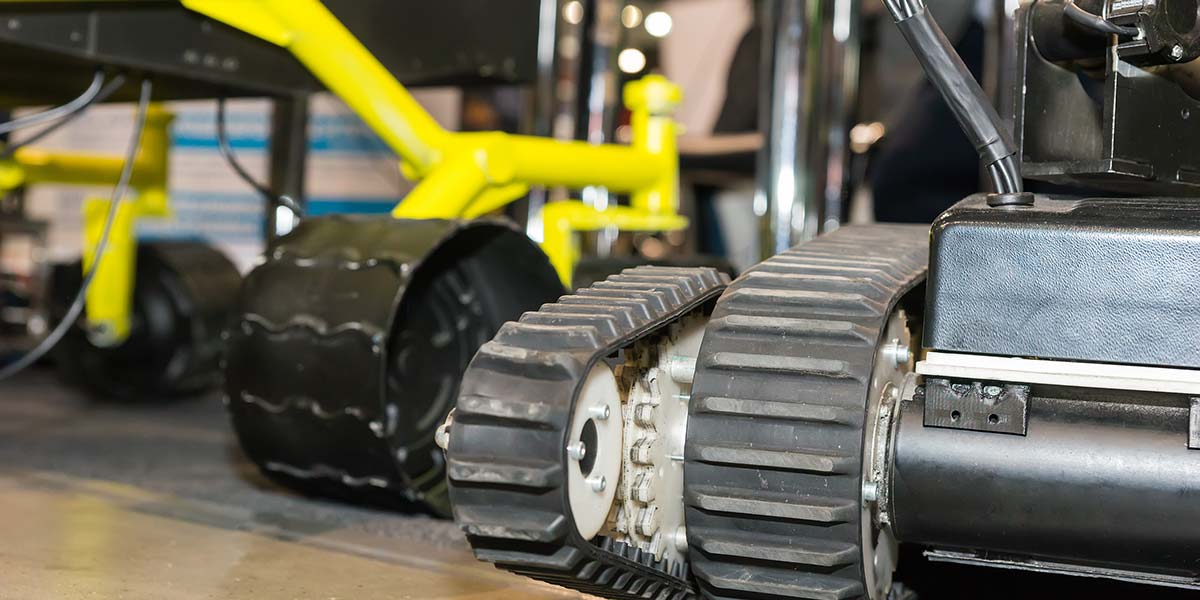
Exploring Alternative Robotics Platforms: Leveraging Kits to Bootstrap New Platforms
By Bryan Bergeron View In Digital Edition
If you’ve been an experimentalist long enough, you’ve likely exhausted the range of standard platforms, from carpet crawlers and roamers, to quadcopters, biped, and alternative transport vehicles.
For example, I’ve been experimenting lately with repurposed parts from relatively inexpensive battery powered scooters, coming off a fling with micro-miniature quadcopters.
Working with alternative green transportation options is all fine and good, but if you’re going to break new ground in robotics, then you’re going to have to work on other platforms.
Some new platforms are simply out of reach for most of us. There’s no way I’m going to be in charge of a semi-autonomous robot on the dark side of the moon.
However, there are readily available, relatively unexplored platforms that can bring new life to your experimentation. For example, I picked up an aluminum rollator walker with 10” wheels (Amazon, $160) to explore possibilities for automating the platform.
After working with the walker and closely watching elderly users maneuver the device over curbs and walkways, I developed a short want list of features:
- Obstacle warning – Alert the user of rocks or other obstacles in the path immediately in front of the walker.
- Posture alert – Alert the user if they’re bending forward over the walker.
- Line following – For walkers used inside by visually impaired, line following between, for example, the user’s bed and the bathroom.
- Object following – The ability to follow a person, a guide dog, or perhaps another walker.
Next, I looked through the specifications of the smart car kits on Amazon that matched the features above. I found the Freenove 4WD Smart Car Kit for the Raspberry Pi (Amazon, $70).
It features face tracking, line tracking, light tracing, obstacle avoidance, camera, and ultrasonic rangefinder — more than enough to bootstrap my walker project.
In a matter of hours, I had the obstacle warning system mounted and running without a hitch. I simply used the source code — without modification — and the ultrasonic sensors from the kit. Instead of mounting sensors on the small car platform, I used tie wraps to mount sensors on the walker frame. A great feature of the walker is the onboard zippered pouch, big enough to hold a Raspberry Pi kit, several high-capacity Li-Ion battery packs, a GoPro camera system, and lunch.
Not only is the kit-bootstrap approach a great time saver, it’s the most economical approach to experimentation. Try ordering a handful of parts from one supplier and the remainder parts from another. The shipping costs will kill you.
Buying a kit or repurposing a kit that you’ve outgrown to add sensors and features to a walker or other platform just makes sense. The biggest decision is what kit to buy for what new platform. Clearly, a submarine or quadcopter would have been less useful for my walker project.
It’s important to involve the potential users in your project early on while in the process of separating fiction from reality. For example, in my time talking with elderly people who have no choice but to use a walker, I learned that GPS capabilities are a waste of time, at least from their perspective.
Now, if the customer is the daughter of the elderly user, then the ability to instantly track the position of the walker may be a major sales point.
I’ve come to appreciate that there’s a big difference between “get to” and “got to” when it comes to the acceptance of wheelchairs, walkers, and similar appliances because of their negative image — regardless of their utility. I get this feeling.
When I tried the walker outside, I was self-conscious about my appearance as weak and/or crippled. I propose that if rehab devices can be made cool and high tech, acceptance by users and the general public would increase.
So, now it’s your turn. Take a look out there and imagine what you’d automate and why. A baby stroller with temperature alerts, EKG monitor, and other body monitors might be very useful, for example, when combined with certain external sensors and alerts. SV
Article Comments